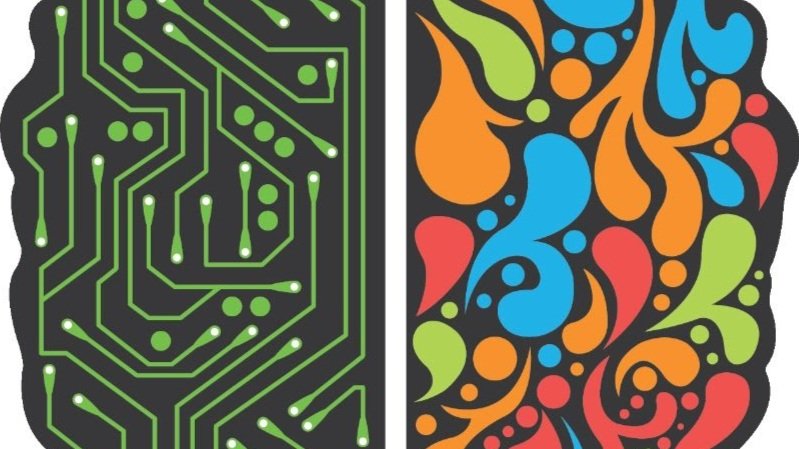
Identify the Behaviors
Identifying neurodivergent behaviors in children requires a nuanced and observant approach. Firstly, it's essential to recognize that neurodivergence encompasses a spectrum of conditions, such as autism, ADHD, dyslexia, and more. Observing social interactions is key—some neurodivergent children may struggle with communication, display repetitive behaviors, or face challenges in understanding social cues. Paying attention to atypical sensory responses, like sensitivity to light or sound, can also offer valuable insights.
Behaviors to look for include:
Difficulty understanding non-verbal cues
Repetitive behaviors or movements
Sensory sensitivities (e.g. aversion to certain textures or sounds)
Fixation on specific interests or topics.
Impulsivity and/or Hyperactivity
Overreaction or underreaction to sensory stimuli like touch, taste, or smell.
Aggression
Meltdowns
Social Difficulties
None of these behaviors should be viewed as deficiencies or faults. Rather, each of these behaviors is a skill or a super-power just misapplied.